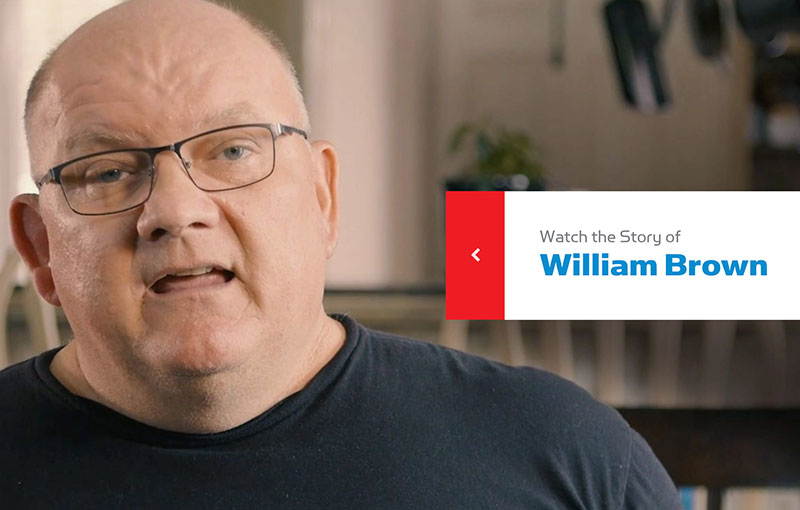Understanding COPD: Symptoms, Risks, and When to Seek Emergency Care

For most of us, breathing is automatic and not something we often consider. However, for over 16 million people in the U.S. who live with Chronic Obstructive Pulmonary Disease (COPD), each breath can be a daily challenge. This highlights the importance of understanding COPD and the impact it has on the lives of those affected by this condition.
What is COPD?
Chronic Obstructive Pulmonary Disease is a chronic lung condition affecting airflow and breathing. It primarily consists of two main conditions: chronic bronchitis and emphysema. COPD is a leading cause of disability, and unfortunately, it’s progressive, meaning it worsens over time.
Symptoms of COPD
Sadly, COPD symptoms typically don’t manifest until significant damage to the lungs has already taken place. Because of this, an estimated 12 million adults may have undiagnosed COPD.
Early Symptoms
- Shortness of breath, especially during physical activities
- Frequent cough
- Producing more mucus or phlegm than usual
As the Condition Worsens
As the disease progresses and further damages the lungs, symptoms can become more severe and may include the following:
- Increased fatigue
- Wheezing
- Frequent respiratory infections
- Reduced ability to exercise
Advanced Stages
In the later stages of COPD, you’re likely to experience these symptoms more frequently:
- Swollen ankles, feet, or legs
- Significant weight loss
- Decreased muscle strength
Recognizing symptoms early can lead to better management and less progression.
Risk Factors of COPD
Several factors can harm the lungs and increase the risk of COPD, such as:
Smoking
The number one risk factor is smoking. The longer you smoke, the higher the risk.
Environmental Factors
Exposure to harmful pollutants at work or in the environment can also contribute to COPD.
Genetics
A deficiency in a protein called alpha-1 antitrypsin can increase susceptibility.
Age and Gender
COPD is more common in people over 40 and tends to affect women more than men.
Complications from COPD
Potential issues that can result from COPD include:
Respiratory Infections
COPD makes you more susceptible to pneumonia and other respiratory infections.
Heart Problems
There’s an increased risk of heart disease among COPD patients.
High Blood Pressure
In the arteries that supply the lungs, the pressure can rise, leading to pulmonary hypertension.
Depression
Reduced quality of life can lead to mental health issues, such as depression or anxiety.
When to Go to Physicians Premier
- Difficulty Breathing – If it becomes tough to catch your breath while resting, seek emergency care.
- Blue or Gray Lips and Nails – This is a sign of low oxygen levels.
- High Fever – Coupled with other COPD symptoms, a high fever could indicate a respiratory infection requiring immediate attention.
- Rapid Heartbeat – If it’s faster than usual, and you haven’t been doing strenuous activities, it might be a sign of a complication.
- Chest Pain – While chest pain can have various causes, it’s crucial to rule out severe complications related to COPD.
- Confusion or Slurred Speech – Lack of oxygen can affect your brain function. Don’t ignore these signs.
Living with COPD is challenging but manageable through proper care and early detection. If you’re managing life with COPD, know that all Physicians Premier facilities are open 24/7 to assist you with emergency situations related to COPD.
Sources:
“Chronic Obstructive Pulmonary Disease,” Centers for Disease Control and Prevention, https://www.cdc.gov/copd/index.html
“COPD,” Mayo Clinic, https://www.mayoclinic.org/diseases-conditions/copd/symptoms-causes/syc-20353679
“COPD Risk Factors,” American Lung Association, https://www.lung.org/lung-health-diseases/lung-disease-lookup/copd/what-causes-copd
“Signs You Need to Go to the ER for Your COPD,” Health Central, https://www.healthcentral.com/slideshow/5-signs-you-need-go-er-your-copd


